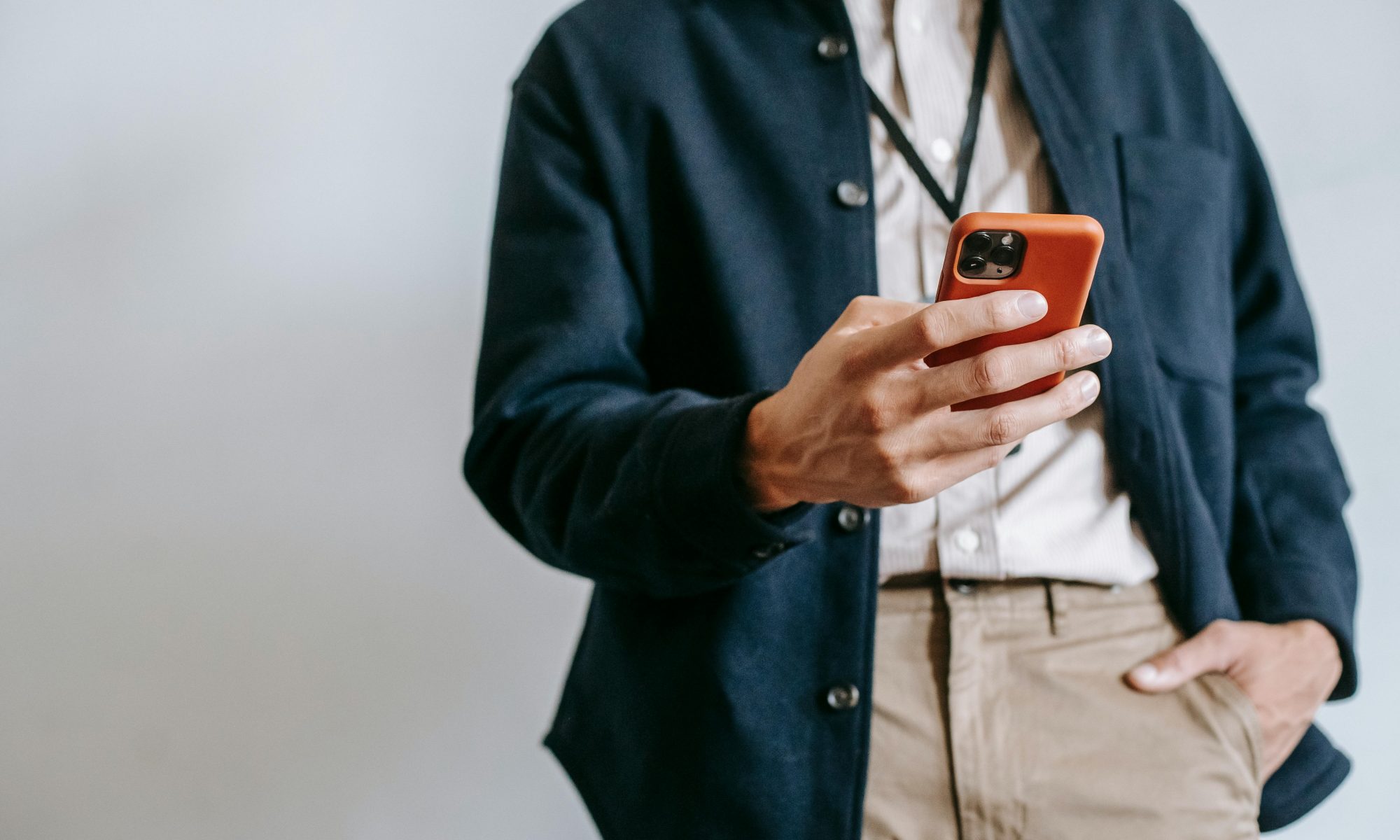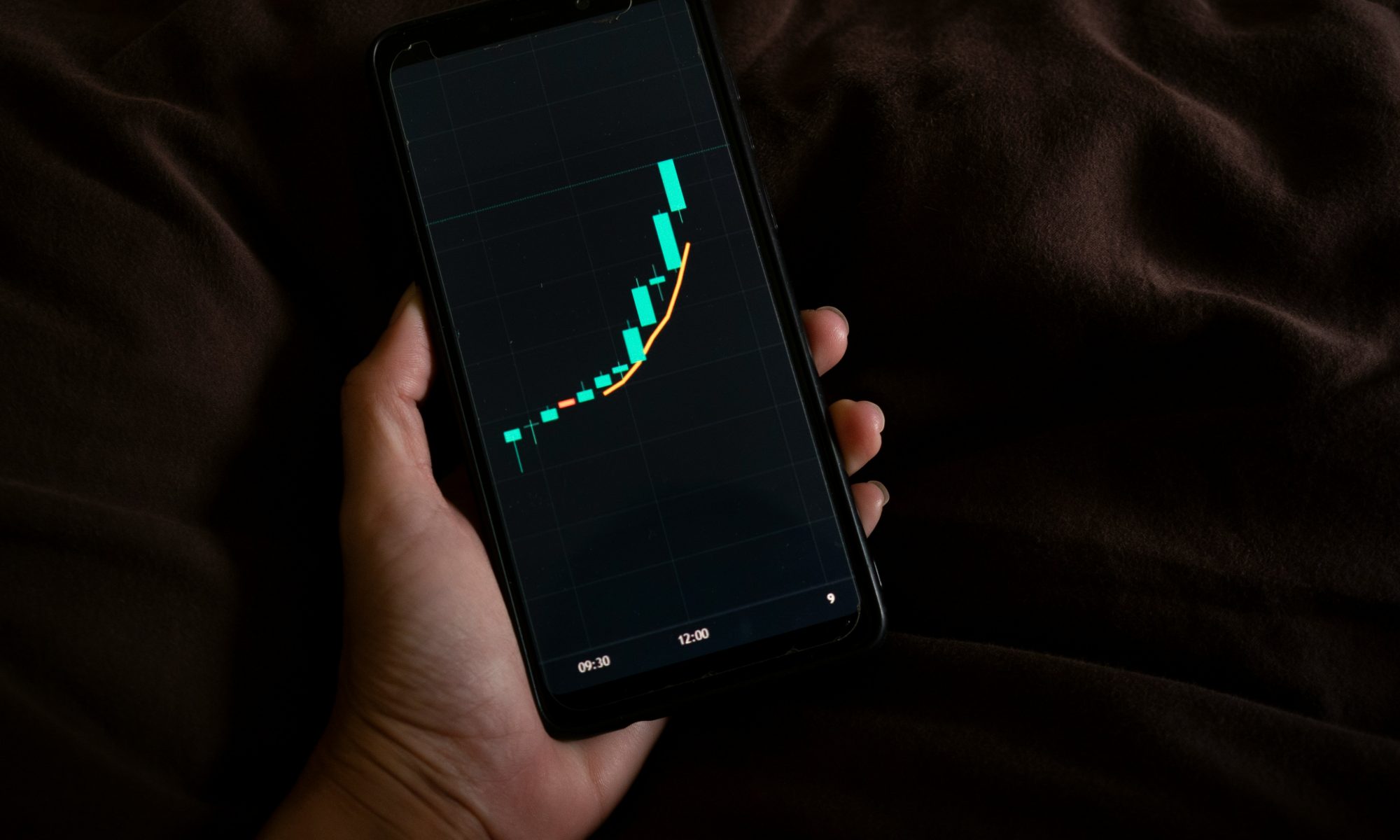──────────────────────────────────────────────
TL;DR
A short link is a condensed version of a long URL designed to save space in text messages. It helps you share clickable links without cluttering your message.
- Makes SMS messages concise and readable
- Tracks link clicks and engagement
- Guides customers directly to digital content
- Enhances brand professionalism
──────────────────────────────────────────────
Text messaging remains one of the most direct ways to reach customers. In fact, 53 % of marketers cited “unbeatable open rates” as their reason for adopting SMS. But the 160-character limit forces you to be selective with every word. Every symbol counts, and long links can quickly make messages look messy or confusing.
That’s where SMS short links come in. Shrinking lengthy URLs into clean, clickable forms lets you communicate more effectively and keep messages easy to follow. Beyond aesthetics, these links also give you valuable insights into customer engagement and campaign results.
We’ll help you know more about what short links are, how they work, and how to use them to strengthen your business communication.
What is a Short Link?
A short link is a neat, compact version of a long, cluttered web address that redirects recipients to the original URL. It’s simple enough to fit perfectly in a text message.
For example, “https://www.yourbusiness.com/promotions/discount-code-2025” can become “https://yourbiz.link/offer.” Both lead to the same destination, but the shorter version looks cleaner and is easier to click on mobile devices.
Short links work through a process called redirection. When a customer taps the link, they’re routed to the intended page via a short link service that tracks the click. This system lets you monitor engagement and analyze data, such as how many people clicked, when they clicked, and what devices they used.
These details help refine your marketing strategies and improve future campaigns. Many modern link shorteners, including services used by SMS platforms like Semaphore, offer built-in analytics and branded short links to maintain your company’s credibility and visual identity.
7 Reasons to Include Short Links in SMS Marketing
Adding short links to your SMS campaigns can transform simple texts into measurable, interactive messages. While SMS might seem limited, short links unlock its full potential. Here’s how.
1. Save character space
Text messages have a cap of 160 characters, and long URLs consume a considerable portion of that limit. Short links keep your message brief and focused, allowing you to deliver a more straightforward call to action.
2. Improve readability
A clean message feels more trustworthy. Short links prevent visual clutter and make your content easier to read on small screens. They give your audience a better overall experience.
3. Boost Click-Through rates
Short, recognizable links look more professional and less suspicious. Recipients are more likely to tap on them, especially when paired with strong, action-oriented phrasing.
4. Enable tracking and analytics
With short links, every click tells a story. You can track link activity, engagement times, and conversions to measure how well your SMS campaigns perform and understand what resonates with your audience.
5. Increase trust
When a message looks professional, people are more inclined to interact with it. Custom-branded short links also reinforce your credibility and reduce the risk of customers mistaking your messages for scams.
6. Support promotions and campaigns
Short links allow you to connect promotions directly to landing pages, surveys, or sign-up forms without wasting space. They make your campaigns more actionable and help customers reach relevant pages faster.
7. Enhance customer experience
Convenience matters. With short links, customers can instantly access what you want to show them, whether that’s a limited-time offer or a service update. Quick, frictionless navigation keeps engagement high and frustration low.
10 Top Use Cases of SMS Short Links
The versatility of SMS short links makes them valuable across many business scenarios. They’re not just for marketing but for any situation where you want to direct users efficiently.
1. Linking to promotional offers
Send customers exclusive deals that redirect to your product or service pages. Short links help you track which offers perform best.
2. Directing to online surveys
Customer feedback shapes better decisions. Short links make it easier for recipients to access surveys without typing long URLs.
3. Driving traffic to landing pages
If you’re running ad campaigns or product launches, short links in SMS can drive targeted traffic directly to your key pages.
4. Sharing event details or registration
Make event registration simple. A short link to your sign-up form lets participants confirm attendance with one tap.
5. Delivering order tracking updates
If you run an e-commerce brand, you can send short links that lead customers straight to their tracking pages. This efficiency reduces support inquiries and improves transparency.
6. Guiding to app downloads
A single short link can detect the user’s device and lead them to the correct app store page, streamlining the installation process.
7. Collecting customer feedback
Short links to review forms or feedback portals can help you gauge satisfaction and maintain strong customer relationships.
8. Confirming reservations or bookings
Are you working in hospitality or services? You can use short links to send quick booking confirmations or allow easy rescheduling.
9. Redirecting to payment portals
Short links direct users securely to payment pages. They help close sales faster while keeping the process convenient.
10. Providing support or helpdesk access
Instead of sharing a full customer support URL, short links lead users straight to chat widgets or knowledge bases that can help them resolve their issues.
Turning Short Links into Smart Communication Tools
A short link may look small, but its role in SMS communication is significant. It keeps your messages clean, directs customers efficiently, and helps you understand their behavior through data-driven insights. When you use them wisely, they become a tool for precision, not just convenience.
If you’re ready to improve your SMS communication, consider Semaphore. As a trusted SMS platform, it provides the tools you need to create messages that perform better—from SMS short link integration to automated campaign tracking.
Explore Semaphore’s reliable SMS solutions and start making every text message count.
──────────────────────────────────────────────
FAQ
1. What is an SMS short link?
It’s a shortened version of a long URL used in text messages to make them cleaner and easier to read. It saves character space while guiding recipients to your desired webpage.
2. How does it work in business messaging?
It redirects users to your target link through a shortening service that tracks engagement and provides data on clicks, timing, and audience behavior.
3. What are the benefits of using SMS short links?
They improve readability, enhance trust, track engagement, and maximize character limits for more effective communication.
4. What are the top use cases for SMS short links?
They’re ideal for promotions, surveys, order updates, event invites, app downloads, payments, and customer feedback collection.
5. How can my business start using them effectively?
Choose a reliable SMS platform or URL shortener that supports branded links and tracking. Start by testing different campaigns, then analyze results to refine your messaging strategy.
──────────────────────────────────────────────


